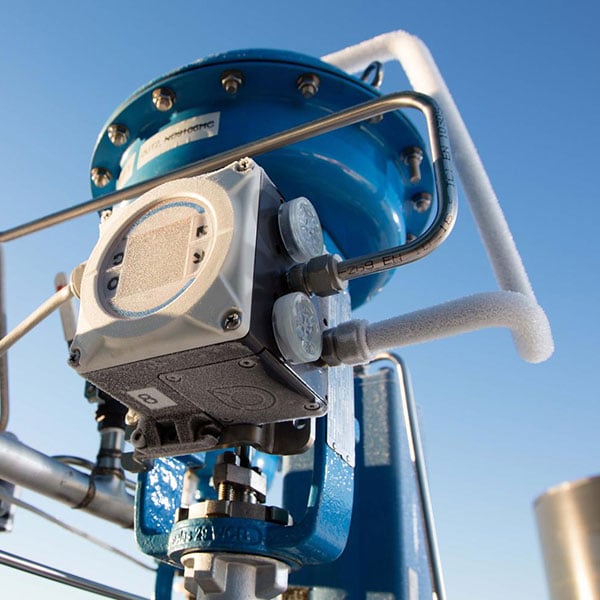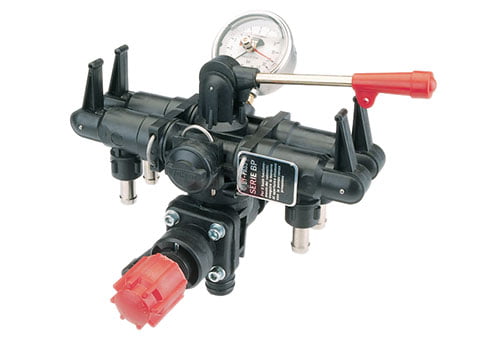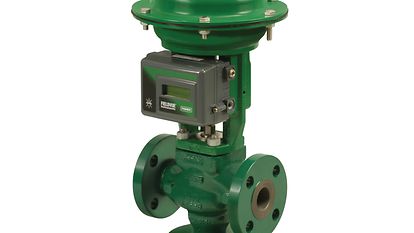The Duty of Control Valves in Liquid Circulation Administration Solution
The Duty of Control Valves in Liquid Circulation Administration Solution
Blog Article

Maximize Energy Financial Savings and Convenience With Advanced Building Automation Controls
In the realm of contemporary style and facility management, the assimilation of advanced structure automation manages stands as an essential development. The convergence of modern technology and sustainability has birthed a new period where energy effectiveness, comfort optimization, and functional streamlining are no longer obtainable facts but remote ambitions. By utilizing the power of automation, buildings can adapt, respond, and progress in manner ins which were when unbelievable. The capacity for substantial power cost savings and improved convenience is not simply a pledge however an opportunity waiting to be satisfied. This paradigm change in structure monitoring holds the crucial to unlocking a globe where environmental conscientiousness and passenger health sympathetically exist side-by-side within the wall surfaces of our structures.
Energy Effectiveness Advantages
Energy effectiveness advantages can substantially reduce power intake and operational costs in structures. By implementing energy-efficient techniques and technologies, building owners and drivers can achieve considerable cost savings while also adding to ecological sustainability. One of the key advantages of enhancing power performance in buildings is the reduction of energy costs. Energy-efficient systems, such as innovative building automation controls, can maximize using sources like air conditioning, home heating, and lights, causing reduced energy expenses in time.
In addition, boosted power performance can prolong the lifespan of building equipment and systems. By running extra effectively, cooling and heating systems, lighting components, and various other building elements experience much less damage, leading to minimized upkeep and replacement expenses. Furthermore, energy-efficient structures frequently command greater residential or commercial property worths and rental prices, supplying long-term financial advantages to owners.
In addition, energy efficiency can enhance passenger convenience and efficiency. Properly regulated interior settings with optimum lighting and thermal conditions create a more pleasant and conducive workspace, bring about improved employee complete satisfaction and efficiency. In general, the power performance benefits linked with innovative structure automation controls are diverse, encompassing expense savings, ecological stewardship, and occupant health.
Improved Convenience Control
Enhancing convenience control in structure settings needs an advanced integration of innovative automation systems for optimal passenger well-being. By using sophisticated building automation controls, centers can customize the interior environment to fulfill the specific requirements and preferences of passengers. These systems allow specific regulation of lights, air flow, and temperature, producing a efficient and comfy ambience. Passenger complete satisfaction and productivity are very closely connected to thermal convenience, making it necessary to have systems in position that can adapt to transforming problems in real-time.
Enhanced comfort control goes past basic temperature level changes. It includes functions such as tailored settings, occupancy sensors, and all-natural light use to produce a responsive and vibrant environment. By integrating these advanced controls, buildings can not just boost comfort however also improve energy performance by maximizing system procedures based upon actual occupancy and use patterns. Eventually, focusing on owner convenience with advanced automation systems leads to a more satisfying and much healthier indoor environment.
Operational Effectiveness Improvements

In addition, the execution of real-time monitoring and analytics devices enables structure operators to recognize energy inadequacies and operational abnormalities quickly. By continuously keeping track of energy use patterns and system performance metrics, changes can be made in real-time to optimize power usage and make sure peak functional performance. control valves. In addition, including demand action strategies right into building automation controls can better enhance functional efficiency by dynamically adjusting power use based upon grid click to investigate problems and prices signals
Indoor Environment Optimization
Effective interior environment optimization is a basic facet of building automation controls, making certain owners' convenience and health while maximizing power savings. By using sophisticated sensors and controls, developing automation systems can continuously adjust and check temperature, humidity degrees, air high quality, and ventilation to develop an ideal indoor setting. Keeping regular and comfy problems not only enhances passenger complete satisfaction yet also boosts performance and total health.
Indoor environment optimization likewise plays a crucial duty in power performance. By fine-tuning heating, air conditioning, and ventilation systems based on real-time data and tenancy patterns, constructing automation controls can substantially minimize energy consumption - control valves. Applying strategies such as demand-controlled ventilation and thermal zoning can assist lessen energy waste while making sure that each location of the structure gets the essential conditioning.

Sustainable Environment Production
Building automation manages not just maximize indoor climate problems for power efficiency and resident convenience however also lay the foundation for producing a lasting environment through critical administration of sources and systems. By integrating sophisticated building automation technologies, such as sensing units, actuators, and smart software application, facilities can keep track of and change energy use in real-time to minimize waste and decrease their carbon footprint. These systems enable anticipating upkeep, determining possible concerns link prior to they rise and maximizing devices performance to enhance longevity and performance.
Additionally, sustainable setting production expands beyond energy management to include water preservation, waste decrease, and interior air high quality renovation. Structure automation controls can manage water usage, find leakages, and guarantee proper waste disposal practices, contributing to overall sustainability initiatives. Additionally, by controlling and keeping an eye on air flow and filtering systems, these technologies improve resident health and performance while decreasing power consumption connected with a/c operations.
Conclusion
To conclude, progressed structure automation controls deal considerable advantages in regards to energy financial savings, comfort control, operational efficiency, interior climate optimization, and developing a sustainable setting. By applying these controls, structures can accomplish optimum performance while decreasing energy intake and improving passenger comfort. It appears that making use of sophisticated automation innovation is important in improving structure performance and developing an extra sustainable future.
Energy effectiveness advantages can significantly lower power usage and operational prices in buildings. Overall, the power effectiveness advantages linked with innovative building automation controls are multifaceted, incorporating cost savings, environmental stewardship, and owner wellness.
In addition, incorporating demand response methods into building automation controls can even more improve functional efficiency by dynamically readjusting power usage based on grid problems and rates signals.
Structure automation regulates not just maximize indoor environment problems for energy efficiency and resident comfort but additionally lay the foundation for creating a sustainable environment via critical administration of sources and systems.In verdict, advanced building automation manages offer considerable advantages in terms of energy financial savings, comfort control, functional performance, indoor climate optimization, and producing a lasting atmosphere.
Report this page